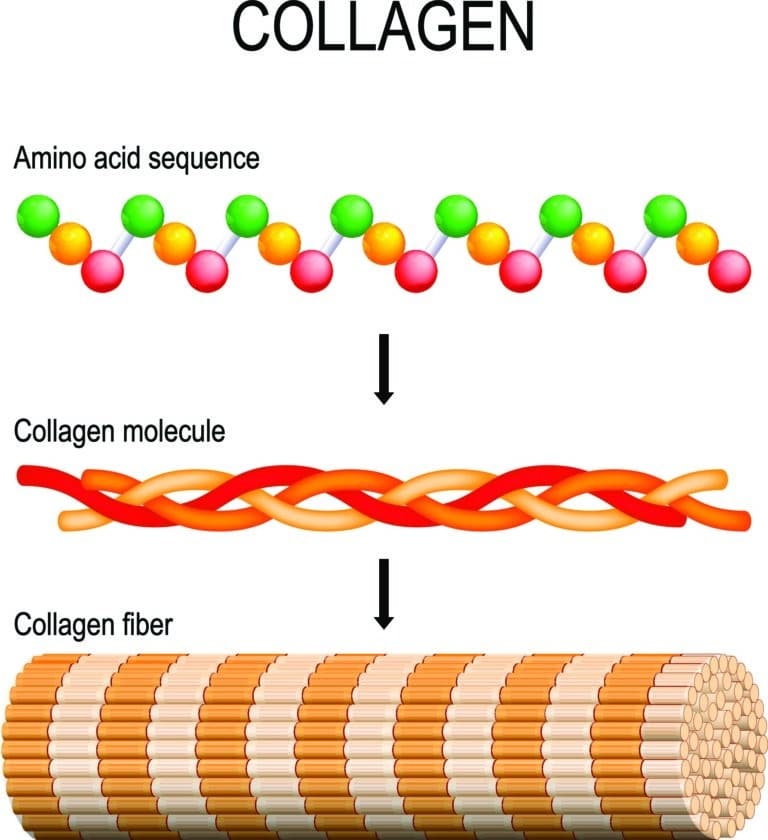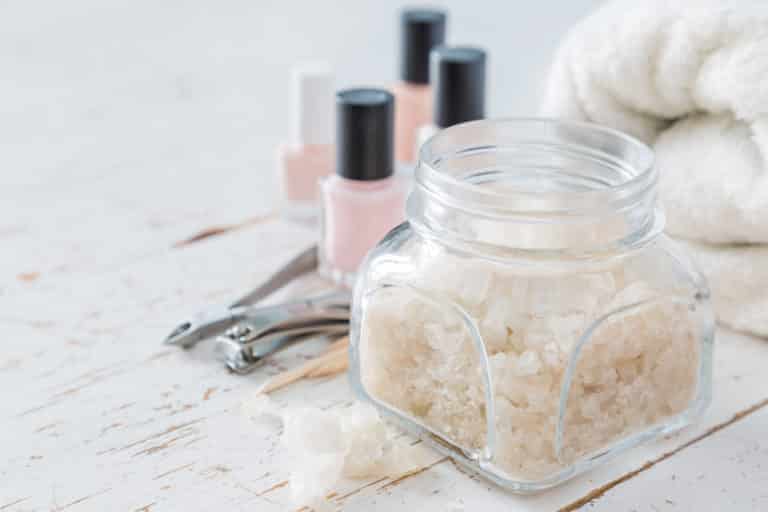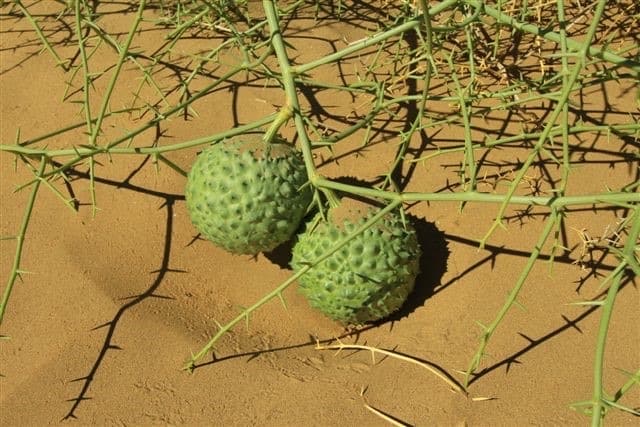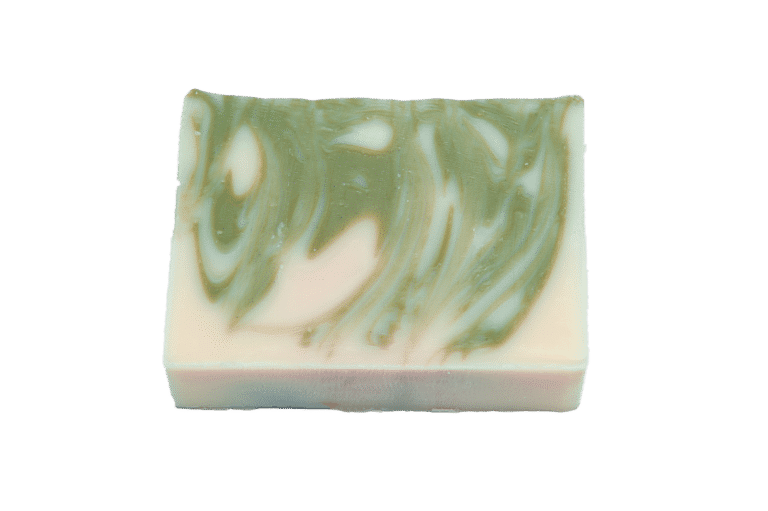N-Acetylneuraminic Acid – The New Collagen Booster
In modern skin care, active ingredients that deeply influence the skin’s biochemical processes are increasingly becoming the focus of attention. One of the most exciting new additions is N-Acetylneuraminic Acid, a form of sialic acid. This active ingredient is considered a highly effective collagen booster that can improve the skin structure and reduce visible signs…
Nail care
Beautiful nails are no coincidence, but the result of careful and regular care. This nail care involves several steps, which in turn require different utensils. At the beginning of every nail care is always a thorough cleaning. A hand bath in a bowl with warm water and a few drops of shower gel as well…
Nanomaterials
Nanotechnology term Nanotechnology derives from the Greek word nãnnos, meaning dwarf, and refers to a heterogeneous field of technology that deals with structures on the nanometre scale (one nanometre equals one billionth of a metre or 10-9 m). At this dimension, materials exhibit novel properties that often cause uncertainty. A thorough investigation of the effects…
Nara oil
Nara oil is extracted from the fruits of the nara, which is a gourd plant belonging to the genus Acanthosicyos and is endemic to Namibia. The correct spelling should actually be !Nara, where the exclamation mark stands for a particular clicking or snapping sound used by the indigenous Damara and Nama ethnic groups. The plant…
Natural cosmetics
There are now three product categories on the shelves of drugstores and cosmetics shops: conventional cosmetics, natural cosmetics and near-natural cosmetics. Everyone knows what conventional cosmetics are. But how does near-natural cosmetics actually differ from natural cosmetics? For one thing, “real” natural cosmetics are always certified and thus recognisable by various labels and quality seals.…
Natural ingredients in cosmetics
Why natural cosmetics don’t always smell, look or feel the same – and why that’s a good thing Many users of natural cosmetics have a clear expectation: the product should smell, look and feel the same every time they buy it. While this expectation is understandable, it does not fit with the basic idea behind…
Natural soaps
The use of soaps is a natural part of our everyday life. But hardly anyone knows that the soaps available in supermarkets are usually mixtures of sodium or potassium salts of higher fatty acids. Components of solid soaps such as curd soaps are usually sodium oleate, sodium stearate and sodium palmitate, while soft soaps (also…
Natural thickener
Unfortunately, cosmetic products cannot do entirely without thickeners and nowadays we use typically natural thickener. They ensure that the products always have an optimal consistency and increase the viscosity. For example, they make lotions more viscous and creamy, which makes them easier to apply and gives the skin a soft feel. Many manufacturers still rely…
New active ingredients
New active ingredients score particularly well in that they use natural raw materials, are environmentally friendly and sustainable, come from upcycling processes, usually do not require preservation and, of course, optimise the efficiency, skin feel and application properties of cosmetic products. New active ingredients: pre- and postbiotics against wrinkles The active ingredients Probiolift® and…
New deodorant active ingredients
Introduction The deodorant market has undergone a transformation in recent years. Consumers are increasingly seeking natural, effective and sustainable solutions for odour control. In this article, we will introduce new deodorant active ingredients that are not only effective but also environmentally friendly. We will examine the properties and efficacy data of these new deodorant active…









